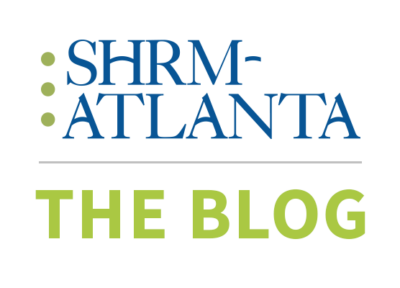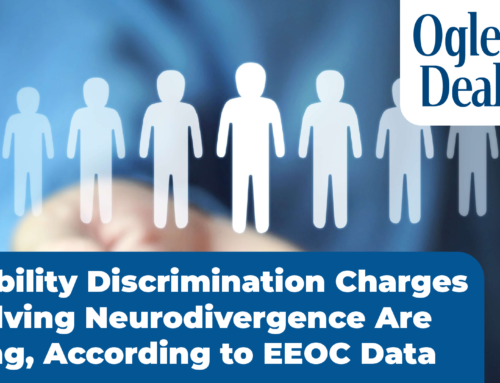By Rae Williams
 I was introduced to neuroleadership during the summer of 2014 while interning. I found this concept intriguing and wanted to learn more about it. According to one of the foremost authorities of neuroleadership, Casper Badenhorst, the concept involves “how individuals in a social environment make decisions, solve problems, regulate their emotions, collaborate with and influence others, and facilitate change.” This neuroscientific approach can improve leadership effectiveness by considering how the brain processes human decisions, behaviors, and interactions in the workplace.
I was introduced to neuroleadership during the summer of 2014 while interning. I found this concept intriguing and wanted to learn more about it. According to one of the foremost authorities of neuroleadership, Casper Badenhorst, the concept involves “how individuals in a social environment make decisions, solve problems, regulate their emotions, collaborate with and influence others, and facilitate change.” This neuroscientific approach can improve leadership effectiveness by considering how the brain processes human decisions, behaviors, and interactions in the workplace.
Leaders can enhance their ability to motivate their employees to be more productive and contribute to strengthening workplace relationships. The concept of neuroleadership focuses on the socio-emotional role of leadership compared to the task-oriented role of management. Employees have social needs that should be recognized and understood to lead effectively. The core social needs are summarized brilliantly in the Neuroleadership Institute’s SCARF model, which includes Status, Certainty, Autonomy, Relatedness, and Fairness.
The SCARF model was initially mentioned in the Neuroleadership Summit by David Rock. It is built on three central ideas:
- The brain treats social threats and rewards as physical threats and rewards
- A threat response can reduce and reward response can increase a person’s capacity to make decisions, collaborate, and problem s
olve. - Threat response is more common and intense and needs to be minimized during social interactions.
The social drivers for interactions according to the SCARF model are as follows:
- Status – Perception of contribution being valuable and/or our sense of importance
- Certainty – Our brains want to be sure and possess a good indicator of what will happen next.
- Autonomy – Our ability to control and impact the current situation
- Relatedness – How we feel we connect with other people
- Fairness – We want to know: Was the exchange fair; does the input justifies the outcome?
This SCARF model can be used to understand social interactions and build psychological safety for others in the workplace.
Especially since more companies are returning to the office, all these components could be threatened. Posted on the Neuroleadership Institute site, HP conducted a comprehensive study using their Work Relationship Index. Out of 15,600 participants, the stats are as follows:
- 55% of employees struggle with self-worth
- 42% feel a lack of appreciation by employers
- 27% have a healthy relationship with work
This socio-emotional context is at play when employees interact with one another, make decisions, or solve problems. Neuroleadership can allow a person to be rational and empathetic, understand the brain’s stress response, and provide more insight into emotional intelligence. A manager can become a better leader through neuroleadership and garner beneficial results.
While more studies on neuroleadership need to be done, it is still an opportunity for an organization to look into this newer field of study to understand brain functionality and how it can impact leadership. For more information on this topic, please check out the Neuroleadership Institute website at https://neuroleadershipinstitute.org.




